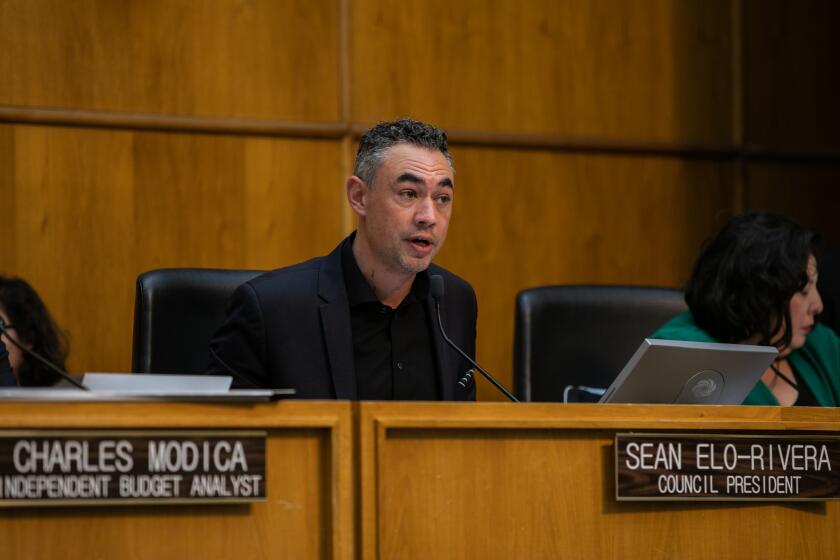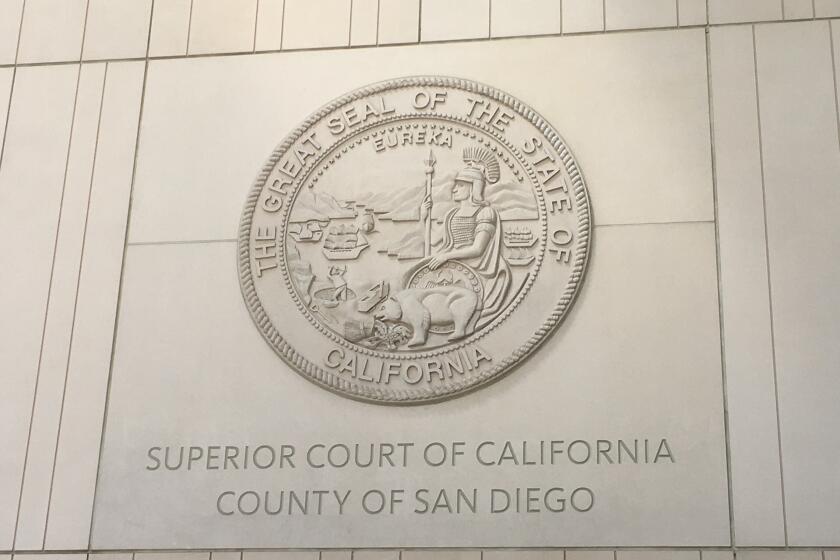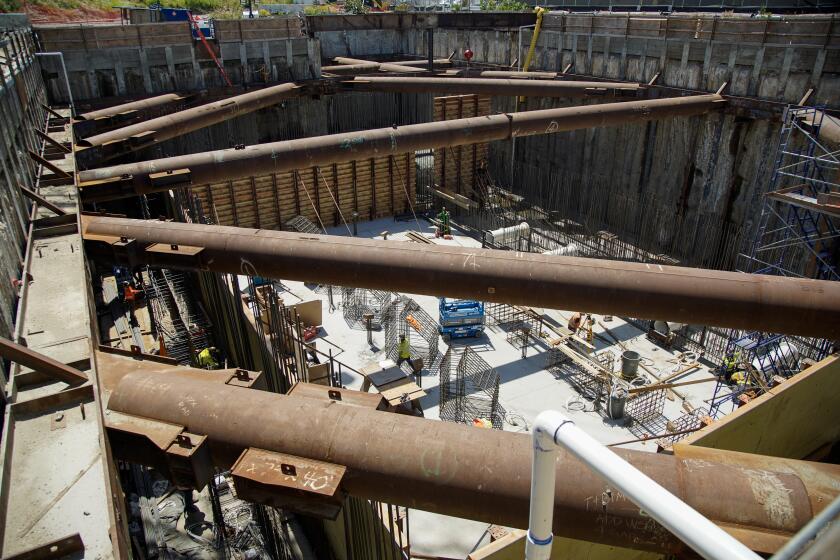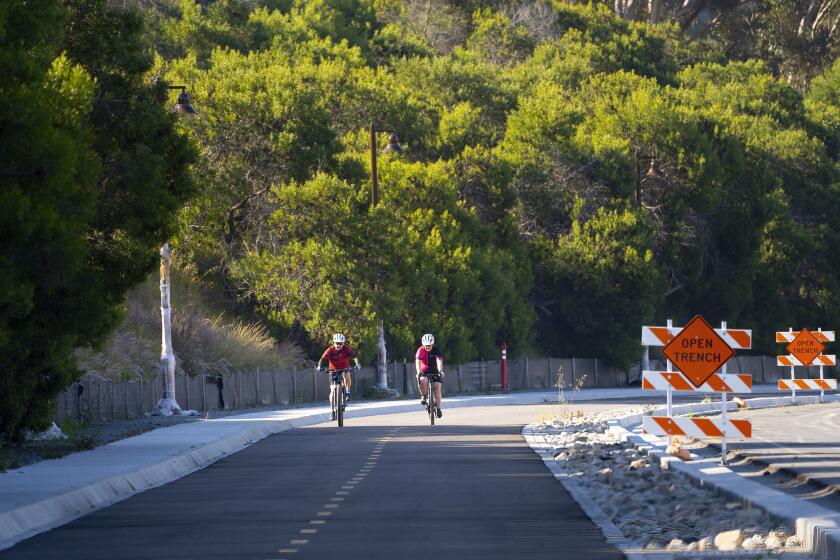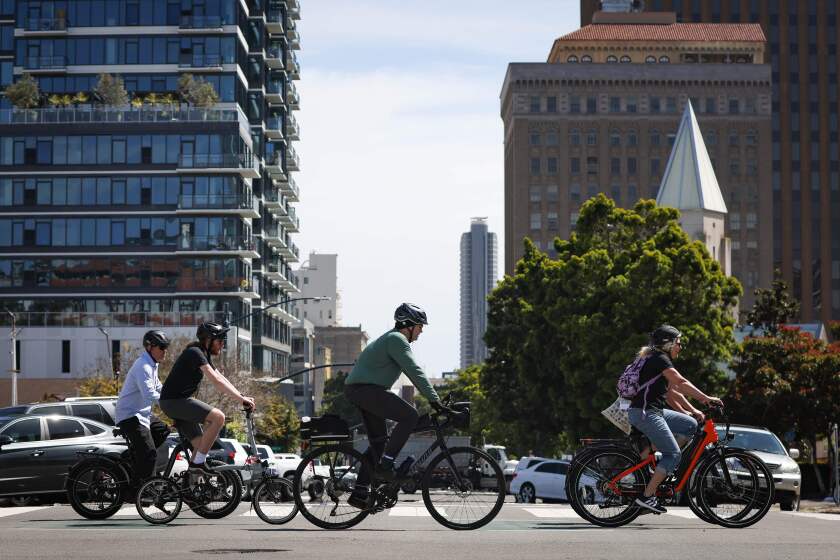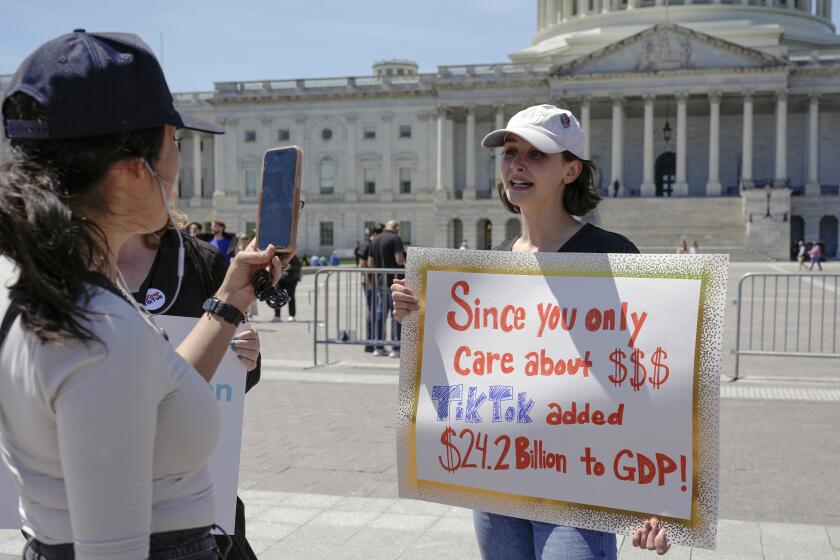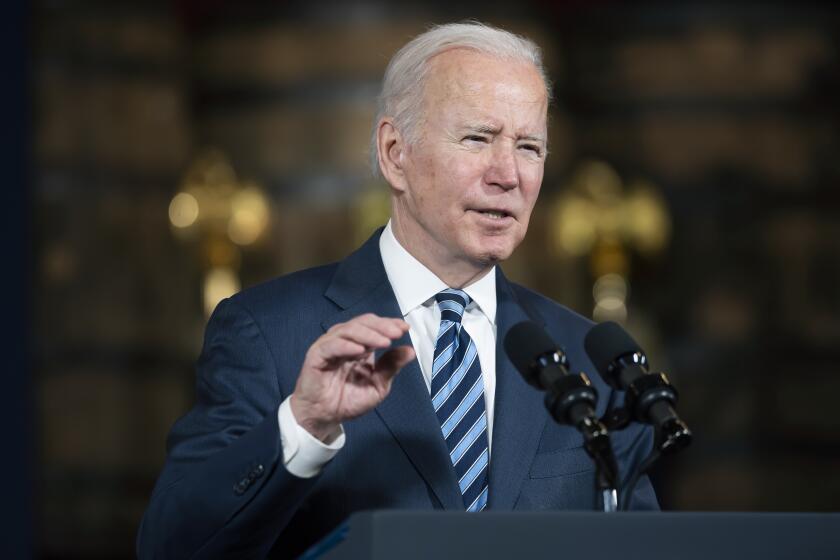San Diego will focus on ‘food deserts’ in low-income areas
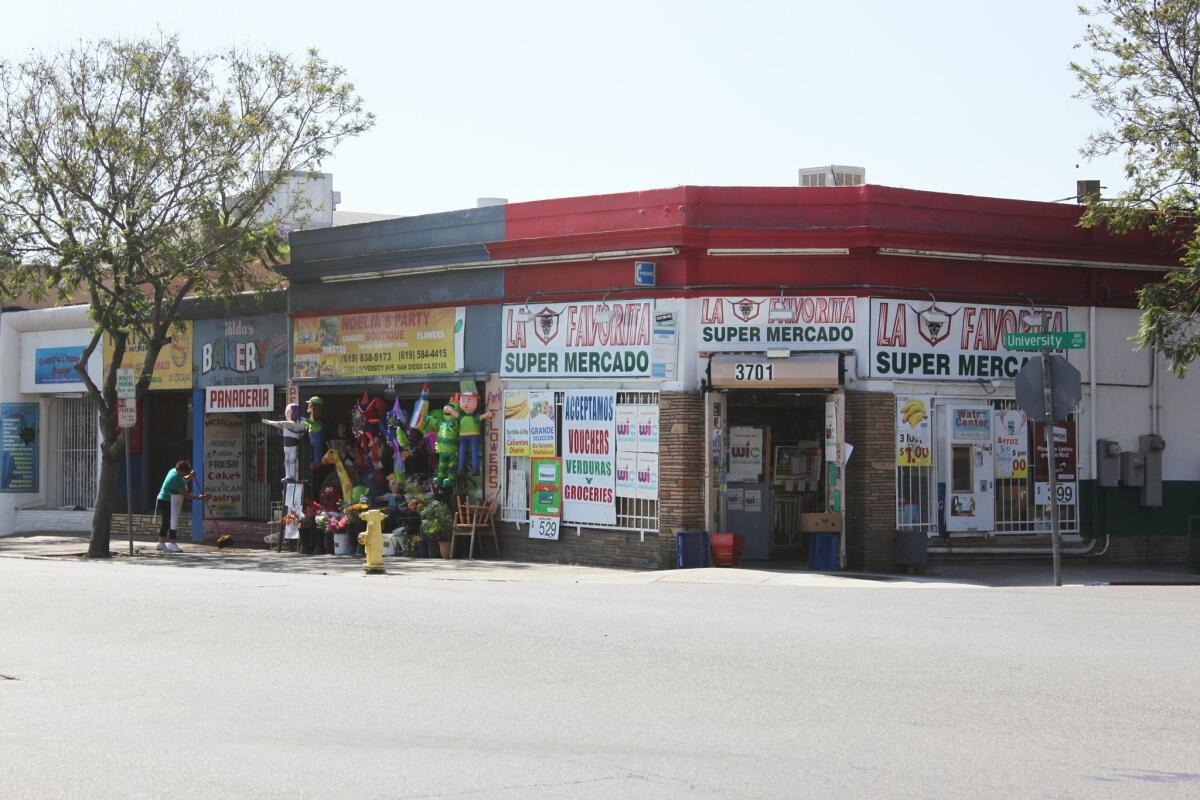
City officials expect to embrace countywide plan to boost community gardens, subscription farms, other solutions
San Diego officials say their recent focus on creating racial equity across the city must include a comprehensive plan to address so-called food deserts — which are mostly low-income areas that lack grocery stores that sell fresh produce and other healthy foods.
The city’s efforts will get a boost in January, when the San Diego Food System Alliance is scheduled to unveil a 10-year plan to eradicate food deserts across the county.
While the plan is not complete, alliance members told San Diego City Council members last week that their recommendations will likely include new city policies to encourage more community gardens, farmers markets and subscription farms in neighborhoods lacking grocery stores.
The alliance says cities should reduce regulations that make it harder to operate food businesses in low-income areas, such as expensive city permits and zoning rules that limit where food businesses can operate.
More broadly, the alliance recommends cities try to spur economic growth and job creation in low-income areas, which will attract more businesses and restaurants selling high-quality food.
Councilwoman Monica Montgomery Steppe said the availability of healthy food is a key factor that officials should consider when evaluating city neighborhoods, along with traditional criteria like parks, crime and quality roads.
“We really have to take a holistic view of building up quality of life in our neighborhoods,” she said. “This is a big part of that.”
Grocery chains often shy away from areas with low- income households and higher crime rates, leaving those neighborhoods with only fast-food restaurants, liquor stores and small markets that typically don’t stock fresh produce.
The poor health of many people living in such areas has been magnified this year by higher than average COVID-19 death and infection rates among Blacks and Latinos living in parts of Southeastern San Diego, City Heights and other low-income areas.
City officials this summer created an Office of Race and Equity, a new city department focused on eliminating systemic racism and other barriers to the fair distribution of resources like parks, libraries and lucrative city contracts.
Office of Race and Equity has $3M budget to help even out disparities in resources
And this fall, council members endorsed a plan to begin paving 60 miles of unpaved dirt streets and alleys located mostly in the city’s low-income areas.
City council committee approves policy changes that would allow city to boost equity by upgrading certain streets
Montgomery Steppe, whose council district includes much of Southeastern San Diego, said she would likely support efforts to use city funding as an incentive to encourage more food businesses to open in low-income areas.
The proposal the food system alliance plans to unveil in January is based on feedback from 2,200 community leaders, members of the food industry and ordinary residents.
Some industry leaders said they would like the city to establish a “one-stop shop” for regulatory and technical assistance and help with small business loans, said Rachel Oporto, a partnerships and operations associate for the alliance.
The alliance focused its outreach efforts in three areas of the city: Southeastern San Diego, Logan Heights and City Heights.
Farmer’s markets and community gardens were popular solutions in each of those areas, but City Heights community leaders also expressed interest in subscription farms, where customers agree in advance to buy weekly boxes of produce from a particular farm.
Sometimes called “community supported agriculture,” the farms are typically owned and operated privately. But sometimes government agencies own and operate them, which could be an option for San Diego.
Cities should also focus on increasing community wealth by fostering more business development in low-income areas, said Tida Infahsaeng, a senior policy associate for the alliance.
Councilwoman Barbara Bry hailed that idea.
“It’s something that would create an impact for generations to come,” she said.
Communities in California often have greater problems with food insecurity than elsewhere in the nation because the higher cost of housing leaves families with less money to spend on food.
Advocates and researchers are addressing growing food insecurity during the pandemic, and looking at longer term solutions for the future
High housing costs also make it harder to afford a car, which makes food deserts more of a problem because residents have limited options to travel to grocery stores outside their neighborhood.
“The food system, in particular, can be a powerful lever for elevating social, environmental and economic equity for all,” said Elly Brown, executive director of the food system alliance.
The alliance, established in 2012, is a collaboration of government agencies, nonprofits and food businesses. For details, visit sdfsa.org/vision/promote
Get Essential San Diego, weekday mornings
Get top headlines from the Union-Tribune in your inbox weekday mornings, including top news, local, sports, business, entertainment and opinion.
You may occasionally receive promotional content from the San Diego Union-Tribune.



